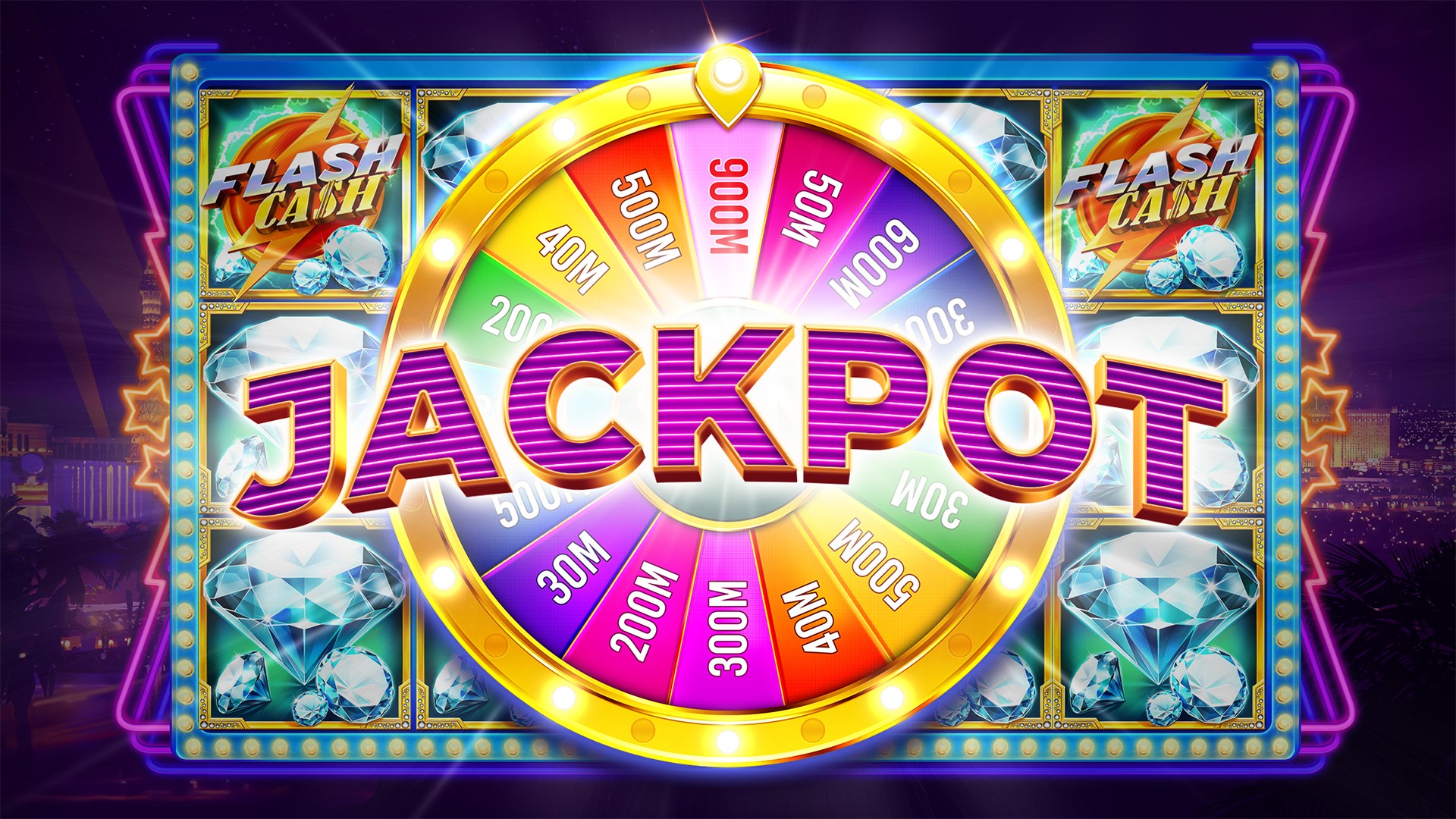Winning Percentages: How Video Slots Decide Gamblers' Odds
Slot machines has captivated players globally with its appealing themes, colorful graphics, and the excitement of chance. One of the key aspects that is frequently overlooked is the concept of payout percentages, which play a crucial role in determining your odds of winning. Understanding how these percentages work can offer critical information into your playing experience, enabling you to make more informed decisions about which venues and the methods to play.
Every slot machine is crafted with a specific payout percentage, often referred to as the return to player. This percentage shows the fraction of the bets placed that the machine is set to return to players throughout its operation. While hitting a jackpot can be exhilarating, knowing the odds of each spin can help shape your strategy. Diving deeper into the mechanics of payout percentages reveals not just how they impact your winnings, but also the overall allure of slot gambling.
Understanding Payout Percentages
Return figures, often referred to as payout percentages, are critical measures of a slot machine's financial viability for players. This percentage indicates the ratio of wagered money that a slot machine is set to return to players over time. For example, a slot machine with a payout percentage of 95 means that, theoretically, for every 100 dollars wagered, the machine pays back 95 dollars in winnings. Understanding these percentages assists players make informed decisions about which machines to choose based on their comfort with risk and gambling approach.
The payout percentage is set by the game developers and can vary significantly between different slot machines. High RTP slots typically feature percentages of 96 or higher, suggesting better odds for players in the long run. Meanwhile, lower RTP slots, often below 90, may present less favorable odds. Players should look for games with higher payout percentages to increase their chances of winning, notably if they plan to spend significant time playing.
It is important to recognize that while payout percentages offer clarity into the game's expected payouts, they do not assure short-term results. Slot results are random, and gaming sessions may fluctuate significantly, with players experiencing both wins and losses. Therefore, while choosing games with higher RTP can improve the overall experience, it does not negate the natural risks of slot gambling.
How Slot Machines Calculate Odds
Grasping how slots determine chances is important to anyone interested in casino gambling. At its essence, every slot machine functions based on a RNG, or RNG, which guarantees every every spin remains autonomous as well as random. The RNG produces millions of random values every unit of time, while when a player hits the spin option, the machine chooses a value that corresponds to a particular combination of symbols on the wheels. This unpredictability is vital to ensuring equity in the activity as well as renders it not feasible to predict or affect the result of a spin.
The chances of winning for a slot machine are set by the specific arrangements of icons which align on the wagering lines after a spin. Each icon is assigned a value, and the game’s software establishes the payout of every combination. High-value icons might appear more rarely than common symbols, and this affects the total payout percentage. Additionally, slot machines feature multiple payoff systems, including fixed jackpots as well as progressive jackpots, which may additionally affect the odds of achieving a substantial victory.
To educate players regarding the chances, casinos generally publish the return-to-player (RTP) rate of each gaming option. The RTP value indicates the mean return of bets over time, establishing player expectations regarding potential returns. For example, a machine boasting a 95 percent RTP is forecasted to pay back 95 cents on each unit wagered in the long run. Even though this rate cannot assure success for individual players, it provides valuable information into the overall financial performance as well as odds for those engaging in slot gambling.
Strategies for Increasing Payouts
To maximize your profits in slot games, it is important to select machines with elevated payout percentages. Look for machines that advertise RTP percentages above the average range, which typically ranges from 85 to 95 percent. Many casinos display these figures, and looking up online can lead you to the top choices. The greater the payout percentage, the more you can hope to recoup back over time, making it a wise starting point for your gambling strategy.
Another efficient strategy is to oversee your funds wisely. Set a spending limit before you begin playing and adhere to it. This prevents you from overspending and allows you to play longer while reducing losses. Think about using a part of your funds to stake on various machines, rather than concentrating all your money on a lone slot. This strategy lets you to explore different games and increases your probabilities of hitting a successful payline.
Lastly, take benefit of any offers or loyalty programs offered by the gaming establishment. Many establishments have bonuses, free spins, or other benefits that can boost your money and prolong your playing time. By using these deals strategically, you can enhance your odds of winning without risking more of your own cash at risk. Always be sure to review the rules tied to these promotions to know the conditions for cashing out any gains.
ALOHATOTO DAFTAR

